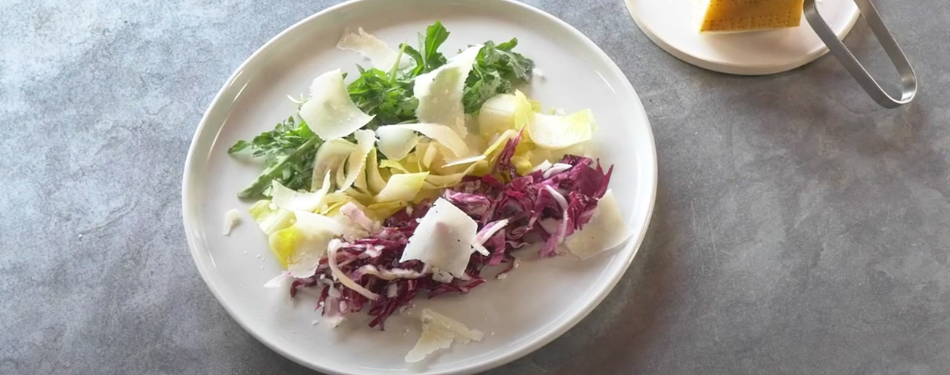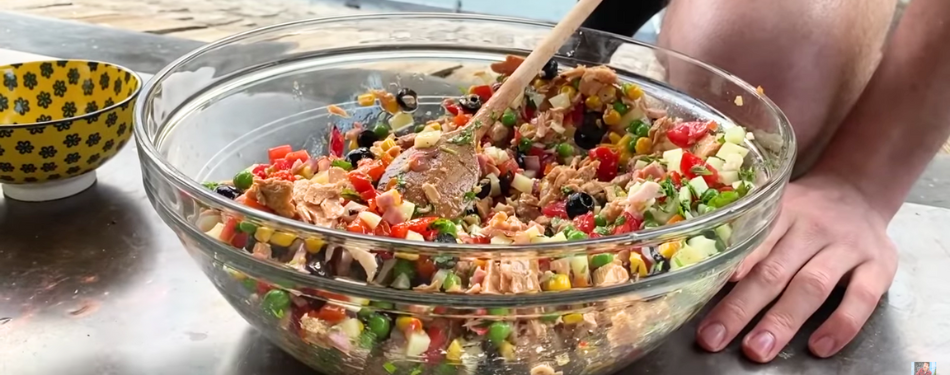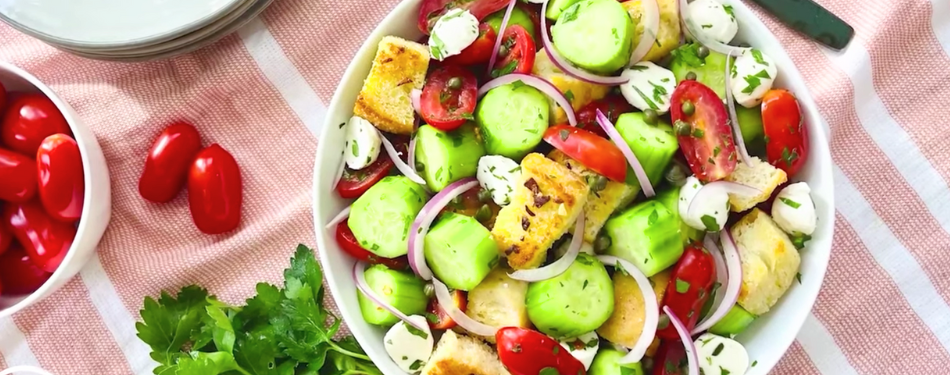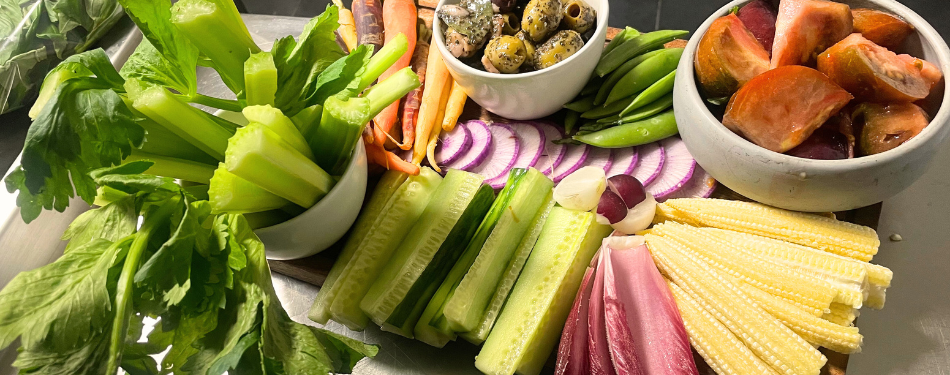5 Most Popular Italian Cheeses for Pasta Recipes
Italian cheeses are key to making pasta dishes special. They add rich, diverse flavours that make meals better. We’ll look at five top Italian cheeses to make your pasta recipes stand out. From Parmigiano-Reggiano’s nutty taste to Ricotta’s creamy feel, these cheeses can make your dishes pop. They add real Italian flair to your cooking. Key Takeaways Italian cheeses play a vital role in making pasta recipes taste better. Each cheese has its own special qualities that can change any dish. Choosing the right cheese is important for a perfect pasta experience. Knowing about popular cheeses can improve your Italian cooking skills. Understanding cheese pairings can help you get creative with pasta dishes. Introduction to Italian Cheeses Italian cheeses are key in the country’s rich food culture. They do more than just add taste to dishes. They make traditional recipes better and add depth to many meals. This love for cheese is a big part of Italy’s food traditions. It brings different flavours and textures to the table. This makes cheese a big part of daily life in Italy. The Role of Cheese in Italian Cuisine Cheese is everywhere in Italy, with each area having its own special types. These cheeses make classic dishes even better with their unique tastes. From creamy Ricotta to sharp Parmigiano-Reggiano, they show the variety of Italian cheeses. Every dish tells a story of local flavours. This makes every meal special. Cultural Significance of Cheese in Italy Cheese is more than food in Italy. It’s tied to old traditions and is part of festivals and celebrations. Making cheese is a skill passed down through generations. It shows a deep connection to the land and local ways. Cheese is a big part of Italy’s identity. It’s celebrated in art and family gatherings, showing its importance in Italian culture. Understanding Pasta and Cheese Pairing Pairing pasta with cheese makes meals better. The right cheese adds flavour and texture. It makes the meal more fun. How Cheese Enhances Pasta Dishes A good cheese makes pasta special. Creamy cheeses like ricotta make it rich. Sharp cheeses like Parmigiano-Reggiano add a nice contrast. Try different cheeses to find the best flavour. This way, you can make your pasta dish even better. Choosing the Right Cheese for Different Pasta Types Think about the pasta’s shape when choosing cheese. Long pasta like spaghetti goes well with melted cheese. Short pasta like penne is better with chunky cheese. Knowing about different cheeses helps you pick the right one. This makes your pasta dish even better. 5 Most Popular Italian Cheeses to Use in Pasta Recipes Italian food is famous for its cheese. It adds depth and character to many dishes. This section talks about five popular Italian cheeses for pasta. It also gives tips on choosing quality cheese for your dishes. Overview of Cheese Varieties Italian cheeses come in different types. Each is good for different pasta dishes. Here’s a quick look at five cheeses that can make your pasta better: Cheese Texture Flavour Profile Best Uses in Pasta Parmigiano-Reggiano Hard Nutty and savoury Grated over pasta Pecorino Romano Hard Salty and tangy In sauces or grated Ricotta Creamy Rich and mild Mixed in stuffed pastas Gorgonzola Soft and creamy Sharp and pungent In creamy sauces Grana Padano Hard Milder than Parmigiano Grated or shaved How to Select Quality Italian Cheeses Choosing good cheese is key for tasty pasta. Here are some tips: Freshness: Pick cheeses made recently. They taste better. Aroma: A nice smell means it’s good. Strong smells are a sign of quality. Texture: Think about the cheese’s texture. Hard cheeses grate well, creamy ones mix into sauces. Authenticity: Go for cheeses labelled as real Italian. This ensures you get the real taste. Parmigiano-Reggiano: The King of Cheeses Parmigiano-Reggiano is known as the king of cheeses. It has a rich history and is of high quality. This cheese is a key part of Italian cooking. It has a special taste that is both nutty and sweet. This makes it perfect for many pasta dishes. Characteristics and Flavour Profile Making Parmigiano-Reggiano follows old ways. Only the best ingredients are used. It has a hard outside and a grainy inside. As it ages, its taste gets more complex. It can taste fruity or earthy. This makes it great for many dishes. Popular Pasta Dishes Using Parmigiano-Reggiano Parmigiano-Reggiano makes many pasta dishes better. Here are a few examples: Risotto: A creamy rice dish that gets even better with the cheese’s flavour. Pasta al Pomodoro: A simple tomato sauce is enhanced by the cheese. Tagliatelle al Ragù: A meat sauce gets richer with a sprinkle of Parmigiano-Reggiano. Pecorino Romano: A Robust Option Pecorino Romano is a special cheese from Italy. It’s made from sheep’s milk and has a long history. Its strong, salty taste is loved in many pasta dishes. History and Origin of Pecorino Romano Pecorino Romano comes from ancient Rome. It was eaten by soldiers and peasants. It’s made in Lazio and Sardinia, known for its taste and health benefits. Best Pasta Recipes Featuring Pecorino Romano Pecorino Romano makes pasta dishes taste better. Here are some favourite recipes: Spaghetti Cacio e Pepe: A simple dish that shows off the cheese’s saltiness. Fettuccine Alfredo: Rich cream and bold cheese make a great mix. Pasta alla Gricia: This dish combines cheese, guanciale, and black pepper. Using Pecorino Romano in your cooking brings back old flavours. It makes simple meals special. Its flavour works well with many dishes, making food more exciting. Ricotta: The Creamy Delight Ricotta cheese is a creamy delight. It has a smooth texture and a mild flavour. It’s often used in Italian dishes. This cheese is made from whey left over after making other cheeses. Whey is heated, and acid is added to curdle the proteins. Then, the proteins are strained to make the creamy Ricotta. How Ricotta Is Made The making of Ricotta has been around for centuries in Italy. Cheese makers use simple ingredients to keep it rich and
5 Most Popular Italian Cheeses for Pasta Recipes Read More »










